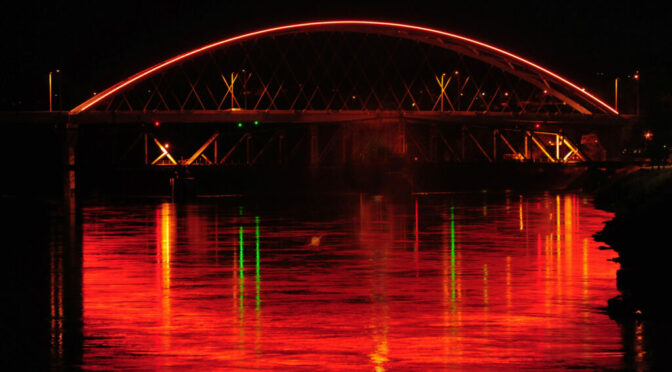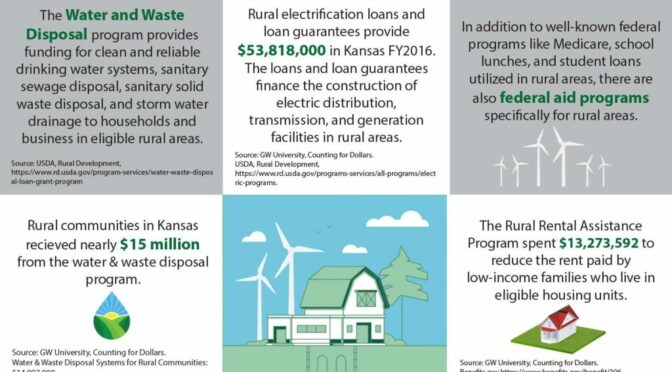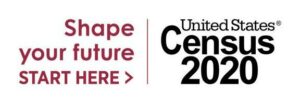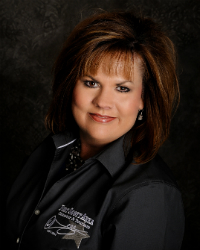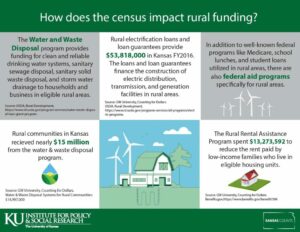Governor signs two Executive Orders as part of her administration’s ongoing COVID-19 response
Governor Laura Kelly today signed two new Executive Orders to help the state’s ongoing response to the COVID-19 pandemic.
Executive Order #20-26 temporarily waives physician supervision or collaboration requirements for certain medical licensees, including advanced practice registered nurses, physician assistants and licensed practical nurses.
“These are qualified health care professionals who provide safe, high-quality, routine care to Kansans on a daily basis,” Kelly said. “They diagnose illnesses, develop and manage treatment plans, prescribe medications and work in numerous medical settings and fields. Temporarily easing some regulatory measures will help give doctors more capacity to focus on COVID-19 patients.”
The order permits registered nurses and licensed practical nurses, who hold a license that is exempt, inactive or has lapsed within the past five years to provide medical services appropriate to their qualifications.
The order also allows out-of-state health care providers to practice in Kansas, if necessary, without a Kansas license, but only if they are in good standing in their home state.
Through the order, health care providers assisting the state in its response as coordinated by the Kansas Division of Emergency Management will be covered by the liability protections of the Kansas Emergency Management Act.
“Addressing those broader challenges is not something I can, or should, do on my own through executive action,” Kelly said. “I encourage the Kansas Legislature to explore how we can adjust current statutes to better enable our doctors and nurses to adequately protect both their patients and protect themselves from liability as we adjust to a ‘new normal’ in the coronavirus era.”
Executive Order #20-27 allows the sale of alcoholic beverages for carryout consumption and permits the sale of liquor in a container that is not the original container for any establishment holding a class A club license, class B club license or drinking establishment license.
“I understand how many Kansas restaurants rely on the sale of alcoholic beverages,” Kelly said. “My administration is doing all it can to ease the burden on Kansas employees and their families who have lost income due to this crisis.”
The sale of alcoholic beverages for carryout consumption is subject to the following requirements:
- It must be legal for the establishment (the licensee) to sell alcoholic liquor;
- Each container of alcoholic liquor must have been purchased on the licensed premises;
- The licensee or the licensee’s employee must provide the patron with a dated receipt for the unfinished container or containers of alcoholic liquor; and
- Before the container of alcoholic liquor is removed from the licensed premises, the licensee or the licensee’s employee must place the container in a transparent bag sealed in a manner that makes it visibly apparent if the bag is subsequently tampered with or opened.
To view E.O. #20-26, click here.
To view E.O. #20-27, click here.
